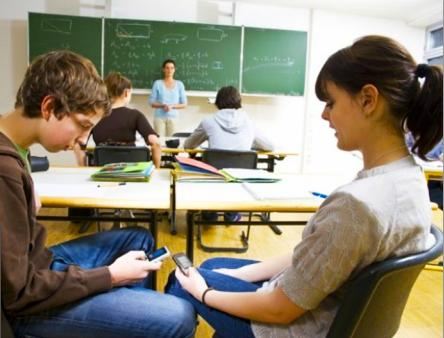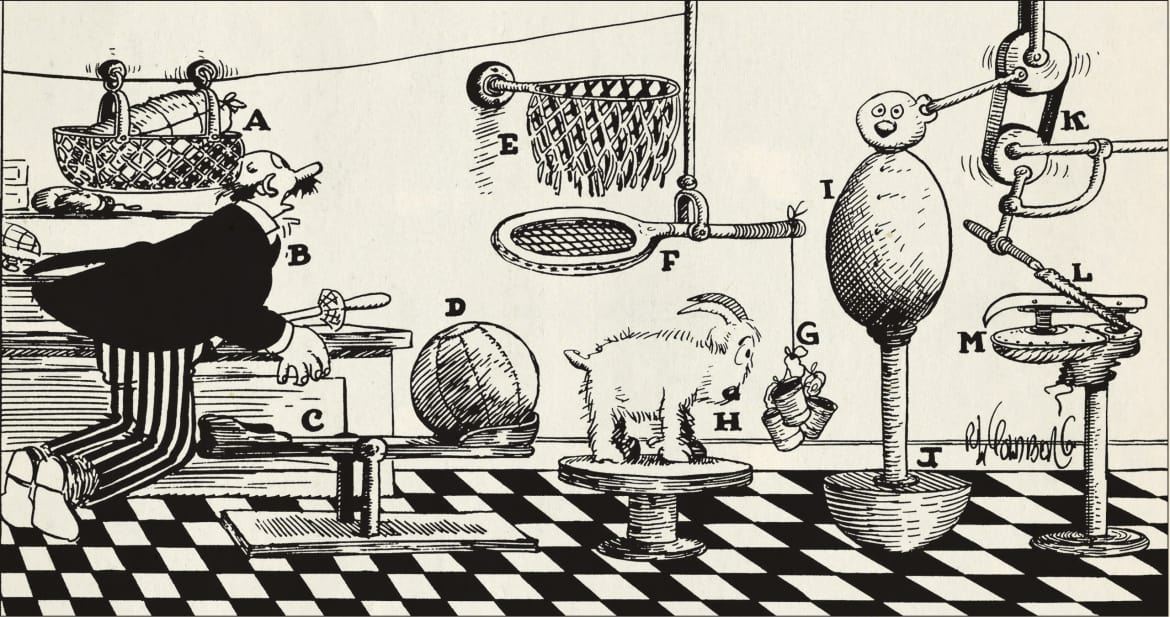Quality formative assessment allows us to give quality feedback.
Thank you to Emily King (Northern Yorke Partnerships SLLIP coordinator) for speaking with us about feedback in week 4. It was a timely reminder that feedback, when done well, can have a significant impact on students learning. The majority of teachers at PBAS are familiar with Dylan Wiliam’s work attending his workshop in Port Pirie February 2014. At the time I wrote a post summarising his presentation. Click here to have a read. It was at this time we decided to focus on Formative Assessment as a focus for two years (2014/2015).
I remember how enthused teachers were after Dylan Wiliam’s workshop. This was evident in the 45 PBAS teacher comments attached to the post form February 2014. Click here to read through the comments or if you prefer read the following snippets:
Justin Brook (2014) – “Dylan William is an inspiration. We can’t ignore this I believe in the next 2 years we need to be addressing and implementing change and developing practice in all 5 areas.”
Valmai Skelton (2014) – “I like the way he clarified that it’s best to do one at a time so that it naturally becomes a part of your pedagogy. I have marked my notes so that I know which ones fit my class. I have also put a little sticky note in my programme to remind me to clearly let the children know the learning intention.”
Aaron Ward (2014) – “…would make a profound change to student outcomes if as a whole site we embedded it and made it part of a culture change.”
Jackie McLoughlin (2014) – “It was great day, one where I left feeling motivated and eager to make some changes and I have started already.”
Angela Ingram (2014) – “Having previously attended sessions run by Guy Claxton I found this to be a great follow up to our previous work. Learning some new techniques to use in the classroom that can be used with any age level was excellent. I found Dylan to be an enthralling speaker and the way he modelled his techniques throughout the day was brilliant.”
Paul Townsend (2014) – “My first goal was to use the “no hands up” concept at the start of ALL discussions. This instantly dragged in each student into the discussions. Not accepting a “don’t know” or stunned silence and then moving on was hard not to do but reaped results. I heard from students in my class that up until Thursday had been “silent” learners. I do still allow “hands up” to satisfy the desperate to share students in my class but after the discussion has gone on a bit. My next target is to make a class set of A,B,C,D (and E) cards to use for instant feedback for some whiteboard exercises.”
Tanya Hacket (2014) – “It is unlikely that I will go to another training and development conference this year which would be as motivating and inspiring. I am going to try the paddle pop sticks to encourage everyone to listen and participate and will also not accept a “I don’t know” – how to respond to that statement was one of the best parts for me – so logical, but I wouldn’t have thought of it – I have said, ‘Alright I will come back to you”, but never “Okay which response do you think is appropriate”.”
Tanya Hacket (2014) – “Wow, it is amazing how that one day has inspired so many to endeavour to embed formative assessment into their daily routines. I have loved reading about what everyone has tried and the reaction of students.”
Kelly Heading (2014) – “I was a little skeptical of Dylan’s suggestion to write a statement on the board rather than a question but was absolutely astounded at the reaction in my class. I ended up sitting back for a few minutes listening to them all chatter away about what I had written on the board. I asked them to prove me right or wrong and had an almost evenly divided class. They either believed I was wrong and confidently backed up why (I had deliberately written a false statement) or believed I was right “because Miss Heading wrote it”. We have a few things to work on here!”
Allan Cadd (2014) – “…the aspect I have tried was the pass out card. At the end of a science lesson I asked to students to write the answer to a question relating to what I had been going through on the board during the lesson. The answer took about a minute and the students then handed in the piece of paper with their name on it to me as they left. In less than 2 minutes I had sorted out into two piles those that had the correct answer and those that had it wrong. I then binned the responses, which was strange, but kind of satisfying as they had served their purpose.” …there was only one student in the class that was able to answer the question correctly, suggesting that my explanation was not thorough enough and that the students were not at a stage to work on these questions independently.”
Allan Cadd (2014) – “I am sitting here on sunday night after spending 5 minutes going through my first attempt of using exit tickets with my year 9/10 maths class. Quite frankly I would have to say that this is a revelation. The students who I knew would struggle as they often ask for help in the class due to having difficulties did struggle, but the other students with the exception of NONE also struggled, many who have said that they are doing well, generally answer questions in class discussions and are quite advanced through the set work.”
Roger Nottage (2014) – “It’s been great to read and reflect on the comments you have all made. I enjoyed the big picture messages gleaned from the day as well as the in classroom techniques. Personally I have a Year 8 Maths class in 2014. Loving it! I trialled an exit card on Thursday 6/2 and then used the data to form 3 groups, two explicit teaching moments (different concepts targeted) and one extension group. Yesterday I used thumbs up & down to get small groups to indicate their opinion about the accuracy of some problems a student had done on the whiteboard.”
It would be an interesting reflection process to see if what was developed during these two years is actually still being used in our day to day practice. How many of us have applied and maintained techniques like no hands up, exit tickets, mini whiteboards, corners, think pair share, two stars and a wish, carousel brainstorming, jigsaw, ABCD cards and basketball discussions? It is these formative assessment strategies that if implemented effectively give us the important information to provide quality feedback to our students about how they are going and where they can go next to improve.
Those that were not part of the Dylan Wiliam training can click here to access a range of resources on formative assessment.
Comments welcome.















